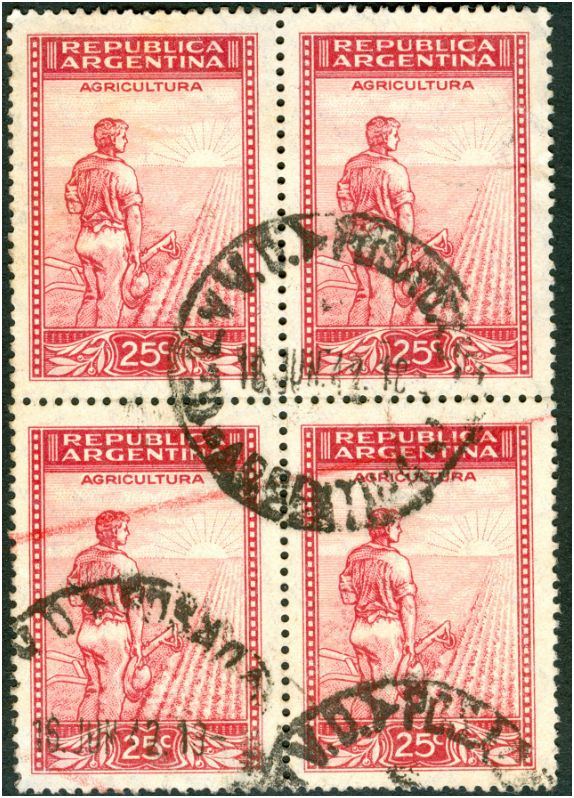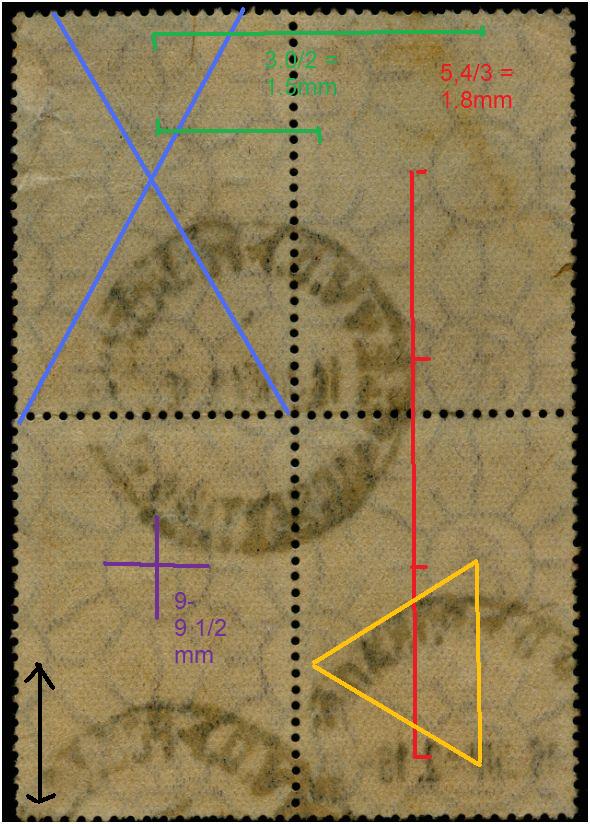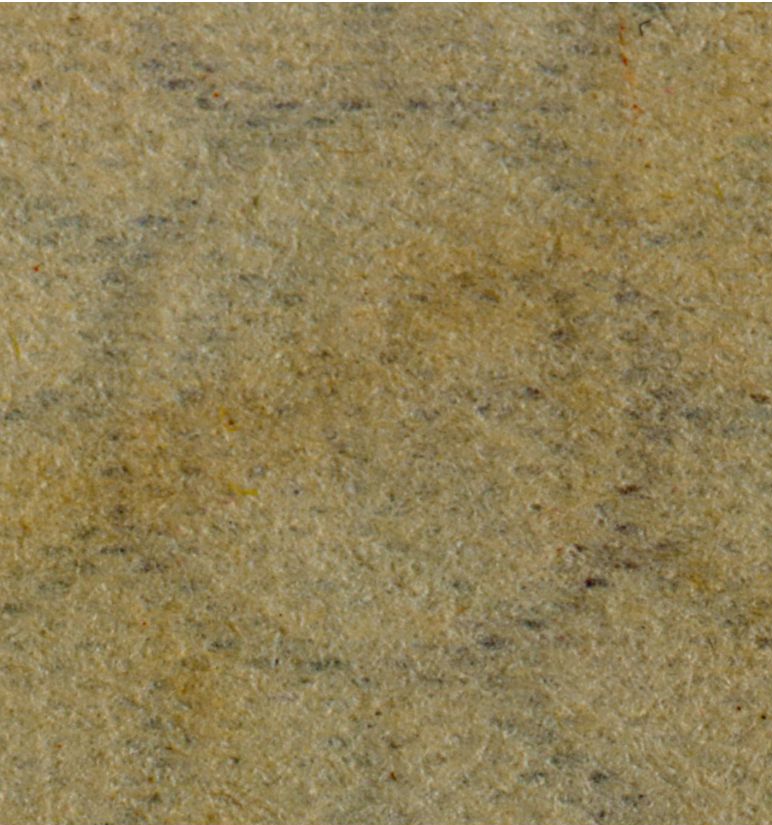"decimos que la trama es grené cuando el granulado es sumamente proljo, los poros de una fila no estan alineados verticalmente con la siguiente sino que esta exactamente en el medio de los dos superios o inferios. Esto forma en la tramaunas diagonales de distinta inclinacion, como lo han analizado algunos estudiosos de esta serie"
It winds up to saying that the rhombos should be very cloear and prolonged, the hole in between the threads do not lie right on top of each other but shift aside half length. Thus, a sort of diagonals gets shaped that some students of this series have analyzed.
I can not agree more with him as he suggests here having come to know about the strange blue diagonal lines I have displayed here several times!
We have TWO parallel watermarks with a symmetrical paper mesh in the PyR I period, the first with a 30/20 density:



- the black line indicating the direction of paper
- the blue lines the virtual diagonals of the mesh
- the yellow triangle formed by the hearts of 3 suns
- the red line the distance from the heart of the suns within the line of AЯ
- the green line the distance between 2 identical lines of AЯ
- the violet lines the diameters of the Sun
- Paper: parallel to the line of RA
- Symmetrical mesh
- Mesh - virtual shape: lozenges with the longer diagonal parallel to the direction of paper
- Sun: round
- Diameter: 9.5 mm
- Horizontal distance between the hearts of the sun: 18 mm
- Vertical distance between 2 identical lines of RA: 30 mm
- Letters of RA: meet at the base (height 4.5 mm width 8 mm)
- Color: white
- Thickness: medium
- Surface: without coating - matt
- Manufacturer: English.
- Used for the first time in 1939
What seems to be not so accurate is the diameter of the Sun! How to measure it exactly???
There can be made some minor distinctions as to the way the "trama" is clear or not so clear and hence rather "closed" [cerrada]. Pettigiani denotes this by using " A' " and Tony Rubiera has his 1E3a which according to him only got used since 1939 .... No doubt, this will keep the students busy for some time :)